Whatever Happened to the Adventure Capitalist?
The publishing history of Disney Comics is long and complicated. Mike takes a dive into it and tries to figure out how we could get more Uncle Scrooge comics.
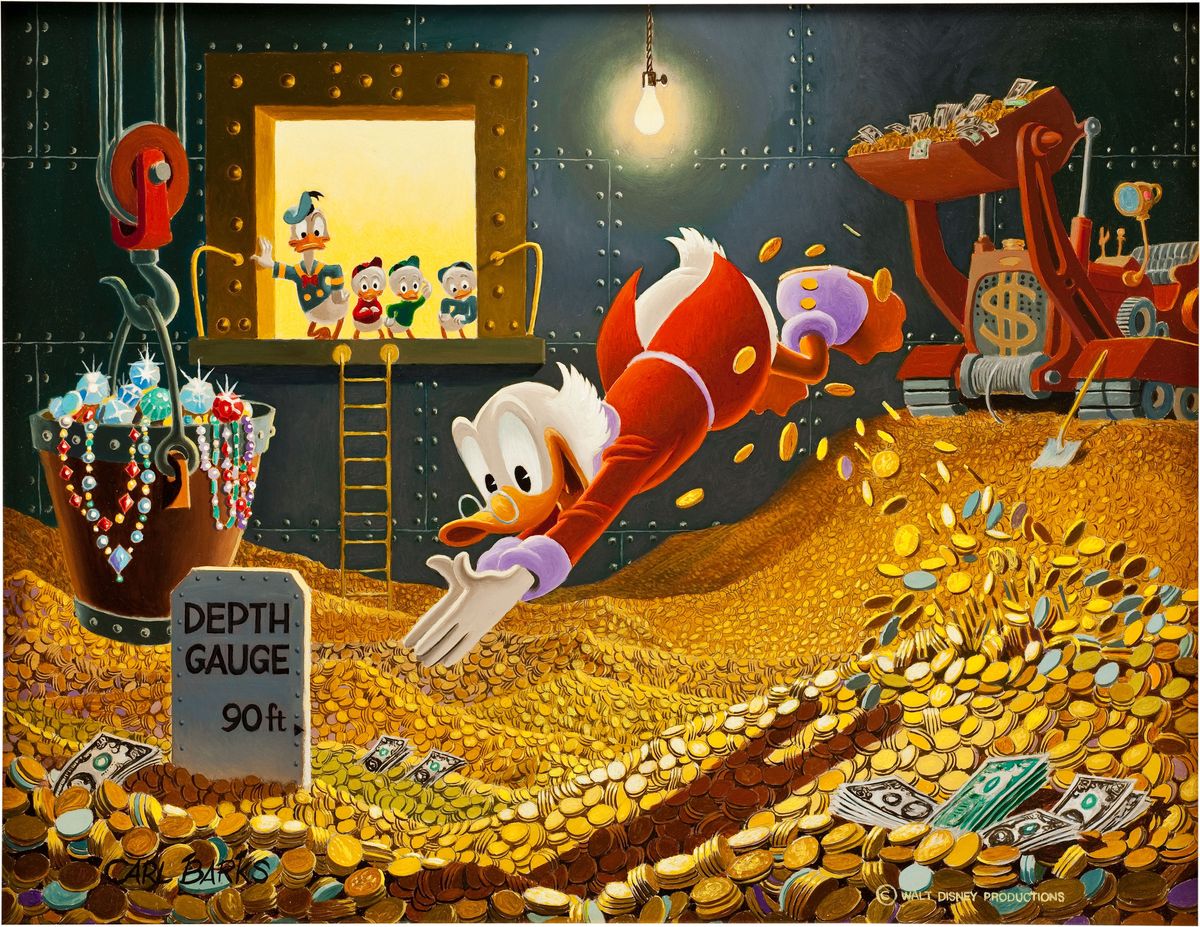
Look, I'm not exactly sure what happened here. I started pining about wanting to see new Uncle Scrooge issues on the stands after a long absence and then I blacked out. Everything below is entirely unconscious.
Two weeks ago, I started thinking about the lack of new Uncle Scrooge comics on the stands. I couldn't pinpoint the exact date of the disappearance, but I knew I hadn't read one in quite some time. Scrooge is the only Disney comic I read with regularity, but of course, this gap on the stands exists for all new Disney Comics. There have been no new issues of Mickey Mouse nor Walt Disney’s Comics and Stories. The Ducktales television series revival ended approximately a year ago, but it has certainly been more than a year since I remember seeing Ducktales tie-in books on the shelves. After doing a few cursory searches on the ol' Googlebox, I realized it's been roughly two years since we last saw Uncle Scrooge on the stands and closer to five years since we've seen his fellow Disney compatriots. And shame on me for hardly noticing the latter.
Fortunately, we are still flush with Fantagraphics' excellent reprints of classic Disney strips. Their superb curation has expanded from the works of Barks and Rosa into a treasury of classic comics, and the production of those books is nothing short of stellar.
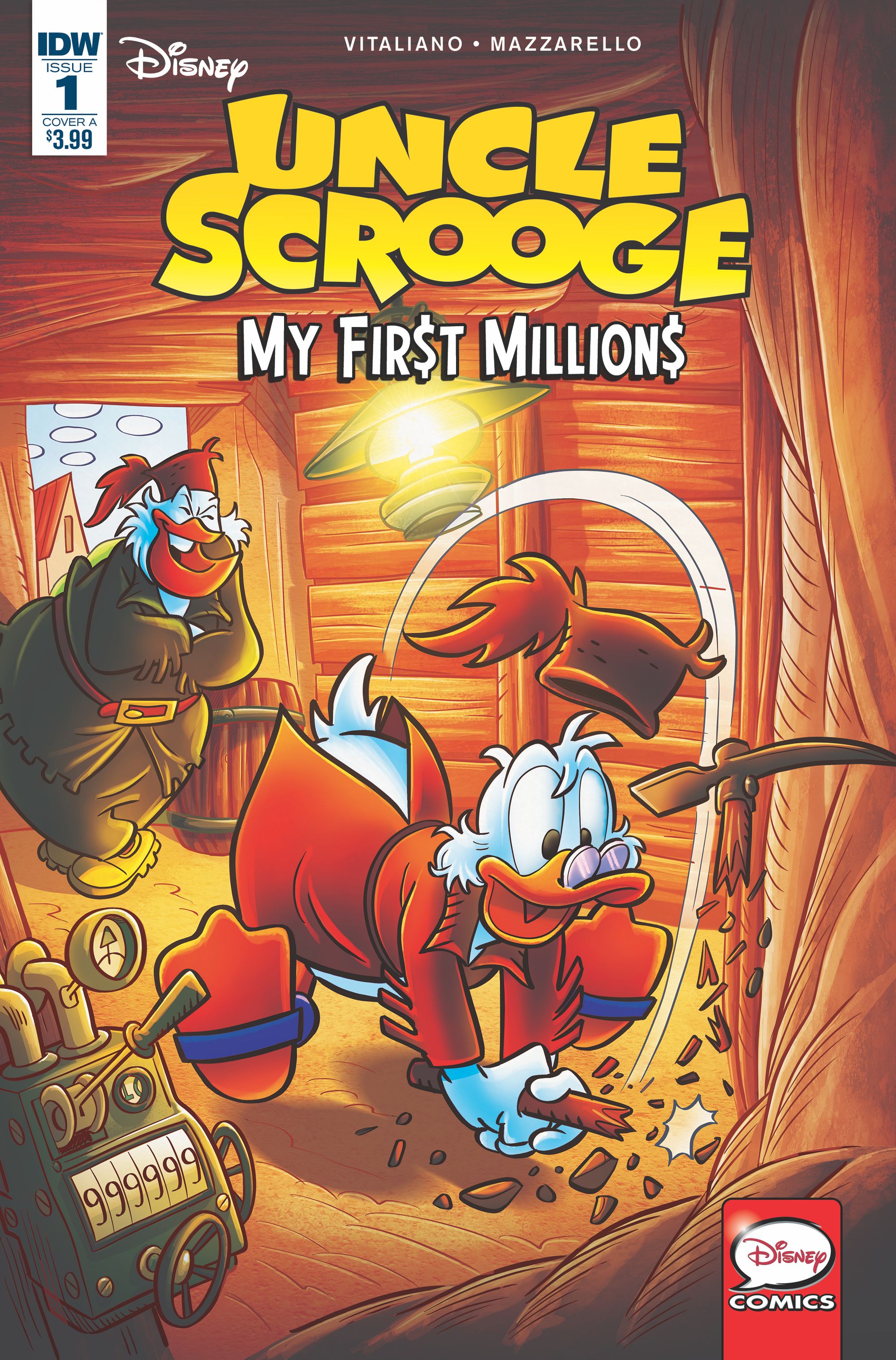
Still, I found myself pining for an Uncle Scrooge floppy. Or, at the very least, pining to know that they still exist. Beyond their absence on stands, Disney comics appear rather barren on the digital platforms. Before the Comixology debacle when searching for a book was fairly easy, I checked to see the status of the Duck and Mouse books.
And, nothing. Well, next to nothing. It seems that purchased copies will still show up for the user, but there is no option to buy any of the recent IDW books via Comixology. Disney is still offering the IDW-published miniseries, Uncle Scrooge: My First Millions, but it's one a scant amount of books listed under a Disney Comics moniker. (More of this later, but Disney Comics hasn't existed a specific publishing platform for close to thirty years, though there have been attempts to put all of the various licenses under this branded umbrella regardless of individual publisher).
(By the way, one of the tragedies of the new desktop Comixology format is the inability to quickly access book information. The previous iteration was a godsend for figuring out when a book was released. Not so much anymore).
Uncle Scrooge, both as a series and a character, is the likely best-known example of Disney's comics. Scrooge McDuck is clearly nowhere near as recognizable as his nephew Donald or company mascot Mickey Mouse. But, in the world of comics, Scrooge often has top billing, owing most of his fame to critically acclaimed cartoonists like Carl Barks, Don Rosa, and Romano Scarpa. Scrooge and his famous grand-nephews were birthed in comics. They existed on newsprint long before they made the transition to animation, and I'd contend that status is what continues to endear them to comics fans. Their eventual rise to equal-billing alongside many Walt Disney creations almost defies probability.
Disney’s handle on comic licensing and publishing is enough for a decent-sized book. But even for our purposes, there are a few important things to understand about Disney and comic books.
First, Disney’s presence in comics’ Golden and Silver Ages would absolutely baffle fans today. Disney stories published via Dell Comics and Gold Key Comics were immensely popular. Around mid-century, they were arguably as popular as any comic, perhaps even more so given to Disney's lucrative subscription service rife with bonuses, extras, and collector's items not available to kids who would only purchase their books at the drug store spinner rack.
Any accounting of the history of American comics built on legacy titles like Action Comics and The Amazing Spider-Man would be remiss if it didn’t include Walt Disney’s Comics and Stories and perhaps Uncle Scrooge. Despite some significant gaps between publishers, the former title tallied approximately 750 issues depending on certain counts, and the latter hit almost 450 issues before its most recent cancellation (500 if you merge the Uncle Scrooge Adventures title in).
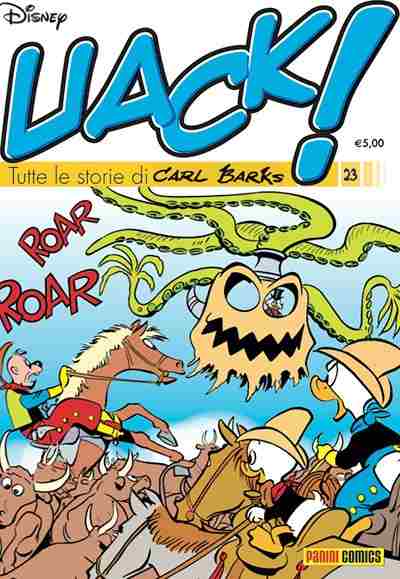
Second, Disney comics, particularly Uncle Scrooge, have remained incredibly popular worldwide even as readership has waned stateside. Scrooge and Mickey never went out of style, and Disney's hallmark Italian publications like Topolino and Uack! are as popular as any Marvel or DC book.
Third, and perhaps most relevant to our endeavor here, Disney’s licensing and publishing history is absolutely bonkers.
This will be a quick history. As I mentioned above, this story could take up the better part of a long book. Most of this is available via various Wikipedia and Disney fansites, but I'll try to put it together here in a way that makes sense.
And that will be hard. Because it often doesn't.
Disney began licensing its characters to Western Publishing who in turn licensed them to Dell Comics in 1940. Yes. This was a tertiary license. By the early 60s, Western had gotten smart and started their own comics company, Gold Key Comics. Disney books, along with licenses from other cartoon studios like Warner Brothers and Hanna-Barbera made up a sizable chunk of Gold Key’s comic lineup through the 1970s. That decade, however, proved to be the ultimate decline for Gold Key and Disney comics in general. Most stories were reprints by the mid-point of the decade, and Gold Key struggled to compete against Marvel and DC. Years later, Mattel bought Western Publishing and made the regrettable decision to cease newsstand distribution in favor of three-packs of comics sold at toy stores and department stores under the Whitman Comics banner. Eventually, their books would make it to the emerging direct market comic stores, but Disney comics would never capture the same status they had in the Golden and early Silver Ages.
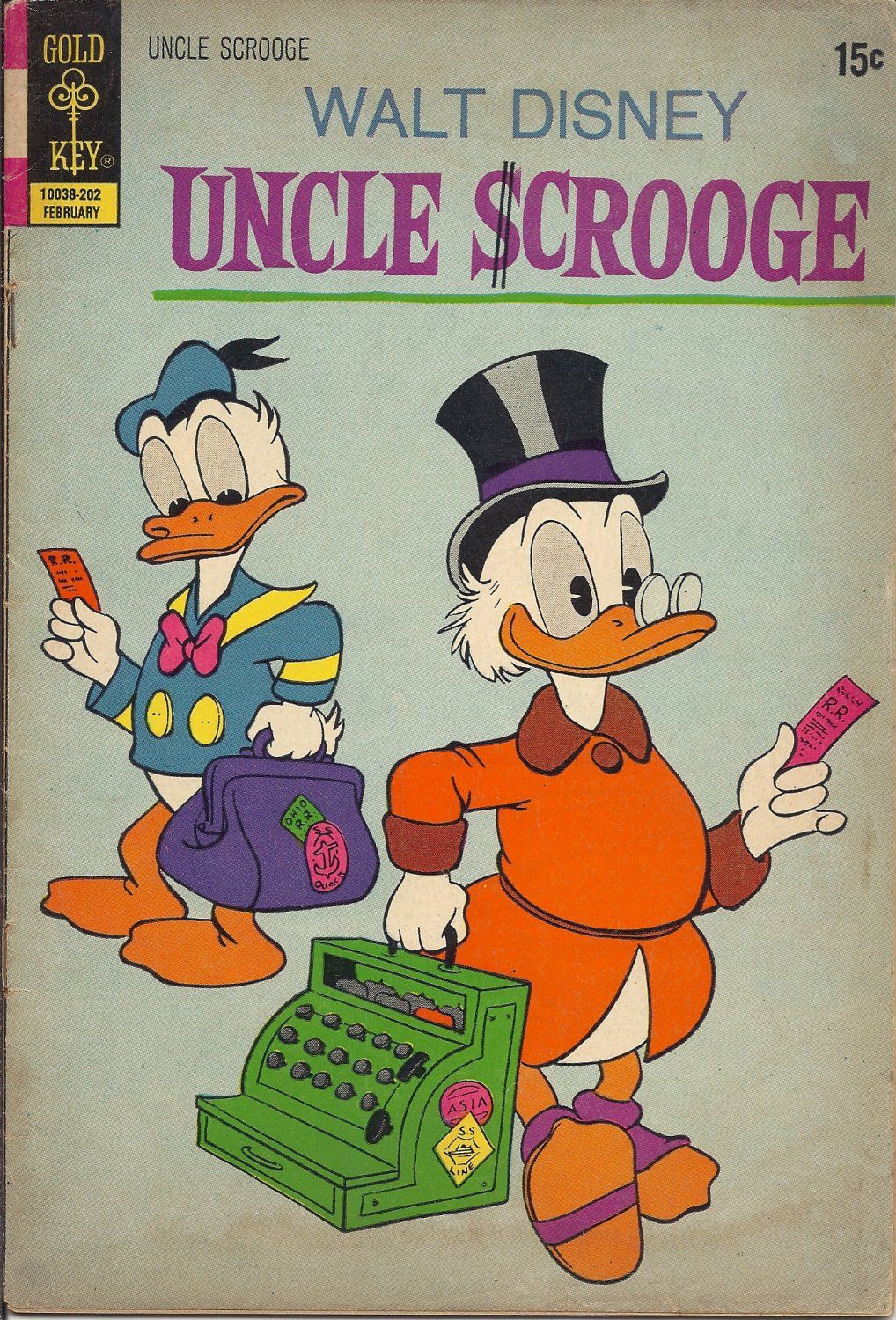
Whitman ceased publishing in 1984. After a two-year hiatus, Uncle Scrooge would return to comics in 1986 with his fellow Disney compatriots via Gladstone Publishing, a company dedicated primarily to publishing Disney comics and birthed out of an original company founded to produce Carl Barks reprints. Gladstone is of course named after Gladstone Gander.
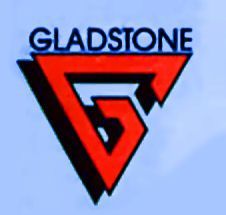
While Gladstone sales weren’t what they were at mid-century, there was certainly a creative renaissance. Gladstone’s primary contribution to Disney and the Ducks comes via the emergence of Don Rosa as the premier Disney Duck cartoonist. Rosa is usually thought of as the heir-apparent to Carl Barks, rounding out the trinity with Romano Scarpa. Gladstone would of course also offer reprints of stories by Barks, Gottfredson, and the aforementioned Scarpa.
But wait? It’s almost 50 years since the first Disney comic appeared on stands. If you're doing the math, it’s the early 90s, Michael Eisner is at the helm, and Disney is experiencing both a feature film and television animation renaissance. Why doesn’t Disney produce its own comics, you might ask?
And Disney asked themselves the same question.
Disney ended the Gladstone licenses in 1990 and thus Disney Comics was born.
It would be shuttered three years later.
Disney Comics was indeed ambitious, but most titles barely lasted a year. Legacy titles like Uncle Scrooge and Walt Disney’s Comics and Stories continued alongside a few random miniseries that tied into television or movie properties. By 1993, the licenses were all back at Gladstone. Disney would continue to publish some new and reprint comics in Disney Adventures until that publication ceased in 2007. Disney also split the license in the mid-90s, leaving the legacy characters to Gladstone and licensing the Disney afternoon lineup and new animated movie adaptations to Marvel Comics. Disney's Marvel Comics included adaptations of Gargoyles, Aladdin, and Beauty and the Beast, but they were more or less finished by 1996. Gladstone held its license until 1998, during which time it published Rosa’s magnum opus, The Life and Times of Scrooge McDuck.
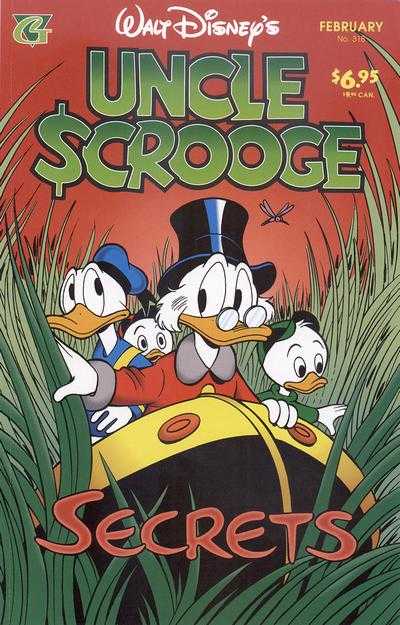
All good things must come to an end. There would be another implosion, and though Walt Disney’s Comics and Stories and Uncle Scrooge would both survive an initial culling, Gladstone would cease publishing in 1998. I can’t imagine Disney books fared particularly well during the speculator boom or the extreme 90s.
Five years would pass without Scrooge on comics shelves. But who would come to the rescue?
Wait, Steve Geppi?
Goddammit.
Geppi’s newly minted Gemstone Publishing picked up the Disney licenses. All of the legacy books converted to a prestige format. Geppi was likely aiming for the collector market. Gemstone books mostly featured stories new to the United States. Sales were decent enough; Scrooge seemed to average around 4500 issues shipped monthly, with Comics and Stories coming in a few hundred behind. Those aren’t terrible numbers on the face, and the dollar number is definitely bolstered by the $7.99 price tag, but who knows what the expectations are for a licensed Disney book. Gemstone struggled to stay afloat, and by the end of 2008, it had lost the licenses.
Shortly before Gemstone lost its Disney Connection, the ever-popular Gargoyles re-emerged at Slave Labor Graphics of all places. SLG also published some of their own material through Disney Adventures, a relationship that seems to have been more successful than their adaptations of Disney material. I'm not positive any of the series were formally concluded, outside of Gargoyles that finished in trade.
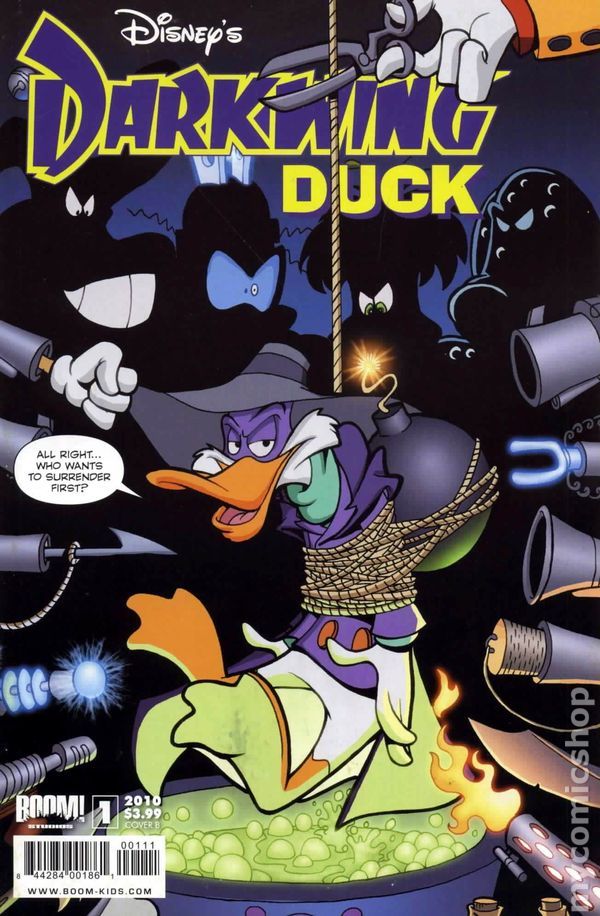
Cue BOOM! Studios, who acquired the license at the beginning of 2009 and revitalized the entire line to critical, if not commercial acclaim. Beginning with a few Pixar and Muppet tie-ins, BOOM! eventually acquired the entire license. They continued to publish the legacy titles using mostly European reprints, notably bringing the Wizards of Mickey storyline to American shores. The publisher doubled down on Geppi’s collector-oriented prestige format books by leaning into multiple covers per issue along with increasing retailer variants. BOOM's books were priced competitively, though, compared with the $7.99 tag on Gladstone and Gemstone books.
The BOOM! years took a grander worldview than either Gladstone or Gemstone. Picking up to some degree where Disney Comics had left off, BOOM! expanded from the traditional legacy titles to include afternoon classics like Chip and Dale’s Rescue Rangers and my personal favorite, Darkwing Duck. BOOM! seemed to be successful with the entire line, from their early excellent Muppets comics by Roger Langridge and successful adaptations of The Incredibles, to the legacy titles like Mickey Mouse and Uncle Scrooge, to the inclusion of Disney Afternoon books that always seemed like they should have been more successful than they turned out to be. It marks the last time I can remember all major Disney licenses being under one roof. Eventually, BOOM! would even experiment with the early stages of a shared universe of sorts, linking Darkwing Duck via the Ducktales continuity.
And if you’re adding years up to determine the timeline, you’re beginning to realize something.
Disney's comic properties moved to BOOM! in 2009. What else happened that year? Oh yeah, Disney dropped $4.2 billion to purchase Marvel.
To even begin discussing the ramifications of that purchase in this essay would be to undersell the entire venture, but it would certainly change the fate of Disney Comics.
By 2011, BOOM! Studios was out. After all, Disney now owned the largest and most successful publisher of comics in the world; why would they need BOOM! Studios? (Man, that's a lot of punctuation).
Here is where some of the sources diverge. Many have long indicated that Disney pulled the licenses from BOOM! Studios, leading to BOOM!’s embarrassing retaliation in Ducktales #3. However, others are quick to point out that Disney bought Marvel in 2009, only shortly before BOOM! acquired the licenses, and that it was BOOM!’s shoddy handling of things - i.e. Ducktales #3 - that hastened the change. I’ve tended to lean more towards the former; if you want to keep a license, you don’t produce one of the worst comics ever printed. You do that if you want to be a jerk.
Here is where things start to get rather interesting, and by interesting, I mean convoluted and weird. The Marvel purchase would serve to only complicate Disney properties. Compounding this, Disney would buy Star Wars in 2012 (pulling the comic line from longstanding publisher Dark Horse, which in turn "retaliated" in a much more reasonable manner by launching a fire sale of all physical and digital Star Wars books). The purchase of Lucasfilm seemed to galvanize interest in the House of Mouse utilizing its dominant comics publishing arm, and Marvel relaunched Star Wars to incredible (and continued) success. Disney also utilized Marvel to print two John Carter series tied to their ill-fated movie (even weirder considering that Dynamite continued to publish their John Carter line). Two years later, Marvel would publish a few random miniseries about Disney World attractions, most notably Jim Zub’s charming Figment. CrossGen comics would also make its brief return from Disney's vaults. Marvel would even publish a few reprints of BOOM! era Muppets books.
But everything else was kind of . . . scattered. If there is something to be said about Disney licenses post-acquisition of Marvel, it’s that they are confusing.
In 2011, Disney tapped Fantagraphics to begin reproducing classic Disney comics, covering a segment of the market Gladstone served well in the mid-90s. Fanta started with the Ducks via Barks and Rosa libraries before launching a similar collection for Floyd Gottfredson and eventually expanding into a Disney Masters series. BOOM! had been printing some archive editions of Disney works, but nothing of the quality near what Fantagraphics would produce. Fanta would create beautiful library editions of these stories, touching up pages and recoloring without losing the original feel.
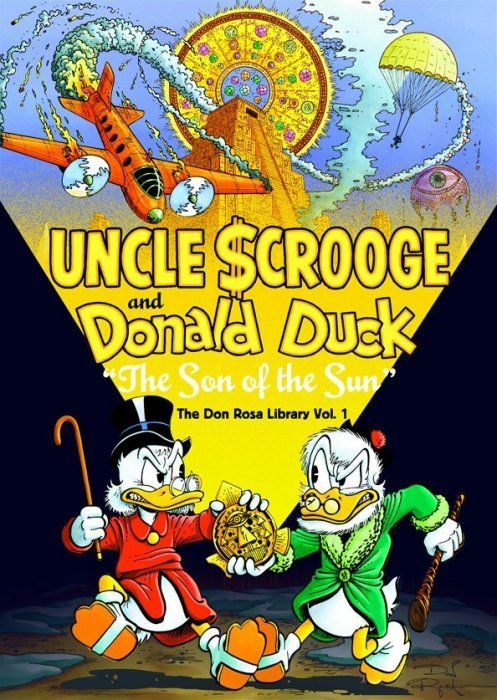
But, Fanta would serve exclusively as the archivist. Disney tapped a relatively unknown company with connections back to BOOM! named Joe Books to publish a Darkwing Duck omnibus and eventually a new series. Joe Books would also publish a Disney Princess comic, a Frozen comic, a bunch of cinestories (comics made from animation stills) and prose adaptations of other animated properties. And then it gradually faded back into obscurity around 2017. Its website is kind of functional?
Shortly thereafter, Dark Horse would find itself back in Disney’s good graces. Frozen, Toy Story, and the Incredibles found their way to Dark Horse. It seems that, outside of Frozen, Dark Horse’s license might extend only to Pixar books, but who knows?
In the interim, Disney left the legacy books to sit dormant from the end of the BOOM! license until 2015 when IDW picked up the series using a dual-numbering approach and leaning even heavier into the variant cover game. IDW would later pick up two Disney all-ages licenses - Star Wars Adventures and Marvel Action. IDW’s Disney-proper experiment wouldn’t be very successful, though. Mickey Mouse, Walt Disney's Comics and Stories, and Donald Duck were all canceled by 2017. The Ducktales tie-in didn’t last as long as its animated counterpart, which itself has since sunsetted. Notable during this time was the publication of the popular Italian story, Duck Avenger. (Fantagraphics would also publish a Duck Avenger collection in 2019). IDW also printed a few archive-type collections, seemingly blurring the lines between their license and Fantagraphics'. IDW also launched a floppy reprint anthology, Disney’s Afternoon Giant, that featured a good chunk of the BOOM! material reprinted for the first time. The Uncle Scrooge title, though, managed to outlast all of those books, and even spawned a companion miniseries, the excellent My First Millions.
At some point, it becomes necessary to take stock of exactly how many different comic companies published Disney-owned material within a few years of one another. Since its purchase of Marvel, Disney has published John Carter, Crosgen, Star Wars and theme park material through Marvel; Star Wars, legacy Disney, and Marvel material through IDW; a mix of modern and classic animation material through Joe Books; modern animation and Pixar material through Dark Horse; and legacy material through Fantagraphics. Yes, it’s confusing. And it only seems to be getting more so. Disney announced it would be moving the Star Wars all ages license to Dark Horse, the company that produced Star Wars books for over two decades. Moreover, following its acquisition of 20th Century Fox, Disney owns a minority stake in BOOM! Studios, meaning it somehow owns two comic companies. Who does Disney think it is, Rob Liefeld?
Right now, you might be reading this and thinking, “who cares?” Sure, the overall market just might not be there for these stories, and the niche market that supports these types of books is likely comprised of people who are more inclined towards (and arguably better served by) the Fantagraphics line.
Is the sky falling? We’ve gone five years between Uncle Scrooge books before, and now we’re barely two years removed from the last Scrooge book, and that isn’t that long in the grand scheme. Nonetheless, despite the frequent shift in publishers following the demise of Gold Key, Disney’s core books were never canceled until IDW shut some of them down in 2017. Walt Disney’s Comics and Stories, Uncle Scrooge, Donald Duck, and Mickey Mouse all pushed on, regardless of sales numbers. The company might fold or the license might shift, but the legacy books only had to endure a limbo period, not a flat-out cancelation. So, no, the sky isn’t falling. But it doesn’t look particularly sunny either.
Are there solutions?
There are really only two options - Disney either gives up on books like Uncle Scrooge, or it starts at it again.
(Duh, Mike. Something will either happen or it won't. That's some glistening analysis).
Disney scraps floppies and “new” stories. After all, anything that is new to us has been circulating Europe for years. Even Rosa-produced stories often found themselves translated into Italian or Finnish before they’d make their way back stateside. Uncle Scrooge, the strongest performer of the bunch, seems hard-pressed to even hit 5000 books a month. While 5k would be a nice number for an upstart indie, it probably isn’t enough to be profitable for a licensed product, especially when there isn’t much in the way of other media or products to tie it back to. I’ve heard the assertion before that the publishing wings of Marvel and DC are both loss leaders for their respective corporate overlords, that the media conglomerates keep publishing floppies for the sake of in-house content factories and research laboratories. I’ve never really bought into that mindset, but I would be stunned if Disney were willing to lose significant money on Scrooge and Donald. On the face, it might make sense, but in the grand scheme, not so much. They already have a vault of content IP, and they’re not exactly utilizing it now. Unless something unprecedented happened, Disney wouldn’t be generating any new stories. So why bother with individual comic books? Why not lean into Fantagraphics for the archival publications?
Or, Disney picks a new licensee and starts fresh. For whatever reason, Disney has soured on IDW. In addition to the disappearance of the legacy Disney books, IDW has lost the all-ages Star Wars license to Dark Horse and has canceled the Marvel Action line (in addition to losing the Transformers and G.I. Joe franchises as well). Despite no formal announcement, we likely won’t see any Disney books with an IDW banner any time soon. So who gets the books, and how do they look? Is it worth it to lean into the prestige format that Gemstone utilized? Do they go for a traditional paper stock and formatting, but lean towards a 64 page or 100-page model? Are there other tricks? Here are three ideas:
- Disney decides to publish through Marvel. Maybe the books bear a company logo, maybe it’s a Disney imprint. That much doesn’t really matter. At one point during the debacle of multiple publishers towards the end of the ‘10s, Disney got into the habit of branding books as Disney Comics regardless of the publisher. Has Disney been angling in this direction all along? Does it matter? Not really. What matters is that Disney, via Marvel, would be directly publishing its own books for the first time in thirty years.
What would make this model interesting, particularly if it were Marvel, is that it would offer the opportunity to infuse the book with some Marvel talent. A Chip Zdarsky run on Uncle Scrooge? Peach Momoko Minnie Mouse variants? Donald Duck: Grand Design?
Initially, I thought the risk/reward gap is obviously the highest for the Marvel move, but it really might be all reward. Yes, there is definitely going to be danger in alienating fans. However, I’d say most of that danger comes from a visual expectation of how Disney books should look. As long as these books keep true to the adventure model, and as long as they look close enough to how Carl Barks drew the characters, they should be fine. It’s not like the traditional model was dragging more than 3000 people in the story anyway, so how many people are going to find themselves on the outside looking in. What DC was able to do with their Looney Tunes and Hanna-Barbera books could serve as inspiration. I can't see Disney letting Uncle Scrooge dip into a Mark Russell capitalist satire, but man, wouldn't that be fun. - Disney gives the entirety of the license over to Fantagraphics. In addition to publishing the archival editions, Fanta brings floppies back to the stands. Not a whole lot changes from what we’ve seen in the past, per se, but Fanta is uniquely equipped to lean into the publication value. Many Italian editions are already closer to magazine size; perhaps Fanta would eschew the traditional floppy for a quarterly treasury edition. I’d buy either, to be honest.
- Disney returns the license to BOOM! Think this is weird? I don’t. Disney had no problem pulling the license from Gladstone in favor of their own publishing house only to run back when it flopped. BOOM! gives Disney some control. No offense to BOOM!, but this is probably the most boring choice as it yields a likely return to the status quo of European imprints in monthly floppies sans much fanfare. The same is likely true if Disney decides to go with Dark Horse. Again, maybe the move to BOOM! revitalizes the Disney Comics moniker. But, outside of that, nothing to get particularly excited about there.
Whatever way Disney goes, it's assuredly an uphill battle. What are the expectations for a licensed book? Using the last month of truly reliable data from Diamond (October 2021), the top twenty licensed books (including IDW Star Wars but not Marvel) fared as follows:
Masters of the Universe Revelation: 26,148
Star Wars High Republic Adventures: 23,667
Red Sonja: 21,995
Amry of Darkness 1979: 19,657
Teenage Mutant Ninja Turtles: 17,436
Star Wars High Republic Adventures Monster Peak: 16,021
Mighty Morphin - 14,772
Power Rangers: 14,772
Cimmerian Beyond the Black River: 13,901
Magic the Gathering: 13,371
Star Wars Adventures Vader’s Castle: 13,308
Firefly: 12,603
Star Wars Adventures: 12,460
Dune: House Altreides: 11,631
Star Trek Mirror War: 11,297
Sonic The Hedgehog: 11,013
Stranger Things Tomb of Ybwen: 10,662
Barbarella: 10,640
Transformers King Grimlock: 10,105
My Little Pony Generations: 10,094
(All of the above information comes from the stellar work of John Jackson Miller and Comichron).
Frankly, I was a little stunned by this group. Of this twenty, only two books - Cimmerian: Beyond the Black River and Barbarella - were true number 1s. 18 of these books make it into the top one hundred books shipped by Diamond, with Transformers: King Grimlok and My Little Pony: Generations still hitting the 10k mark despite clocking in after the top 100. The other piece of relevant data is the group of books these twenty beat. This set of licensed books topped some fairly high profile and/or critically acclaimed comics, including Shang Chi, Killadelphia, Savage Avengers, Captain Marvel, and That Texas Blood.
To sell even 5000 copies a month, Uncle Scrooge would need to do as well as Warhammer 40K: Sisters Battle, with a third issue that hit 5047 copies shipped. The lowest selling licensed comic that doesn’t appear to be simply a differently coded variant cover is Willy’s Wonderland Prequel #1, from American Mythology. It shipped about 1000 copies and is apparently a tie-in to some weird Nic Cage B-movie that I now really want to see.
But we're far removed from the days when Uncle Scrooge could move 5000 books. In October of 2019, the 43rd issue of the IDW series shipped 3339 issues, Fantagraphics' first volume of The Complete Life and Times of Scrooge McDuck shipped 960 copies, and IDW's Uncle Scrooge: Treasure in the Clouds collected edition shipped 362 copies to stores. That totals 4661 Uncle Scrooge items shipped in a month. Interestingly enough, the Scrooge floppy sold about just as well as the 5th issue of Peter Cannon: Thunderbolt, and better that Steven Universe. The numbers for The Complete Life and Times of Scrooge McDuck feel somewhat low, but that number of course won't count direct orders from Fanta's website, which I can only assume accounts for a decent portion of all Fanta sales, nor does it account for bookstores. (Though I've never personally noticed any of the Fantagraphics Disney books in a book store, but that doesn't mean much). Still, The Complete Life and Times of Scrooge McDuck didn't even crack the top 1000 graphic novels for 2019.
So, unless Disney feels like re-licensing the franchises yet again to a company like Dark Horse or BOOM! because: nostalgia, the best bet for any potential creative renaissance via a regular, non-archival periodical publication lies with the Marvel option I outlined above. Essentially, the Marvel option builds from what Archie Comics attempted with their 2015 reboot. But while that initiative - with names including Waid, Staples, Hughes, Krause, and Zdarsky - shot out of the gates, the series has been mostly absent from shelves since 2020 outside of a few one-shot specials. I would expect the novelty and nostalgia of some big names doing their take on the ducks would have a similar shelf life.
The saving grace for the entire situation is Fantagraphics. And maybe that's all we need. Perhaps it's time for Disney to entirely eschew the periodical on American shores in favor of Fanta's archival editions. At the very least, Disney can be assured a good custodian.
Still, I'd love for them to try something different, as unlikely as that might be.


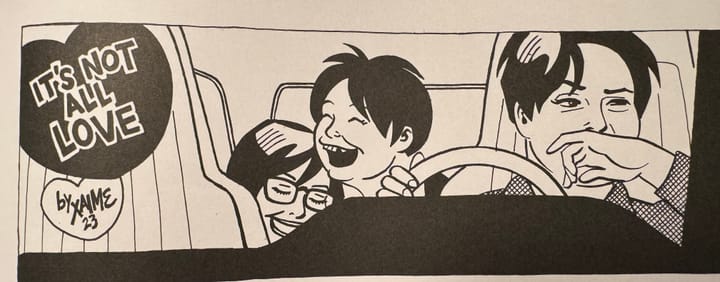
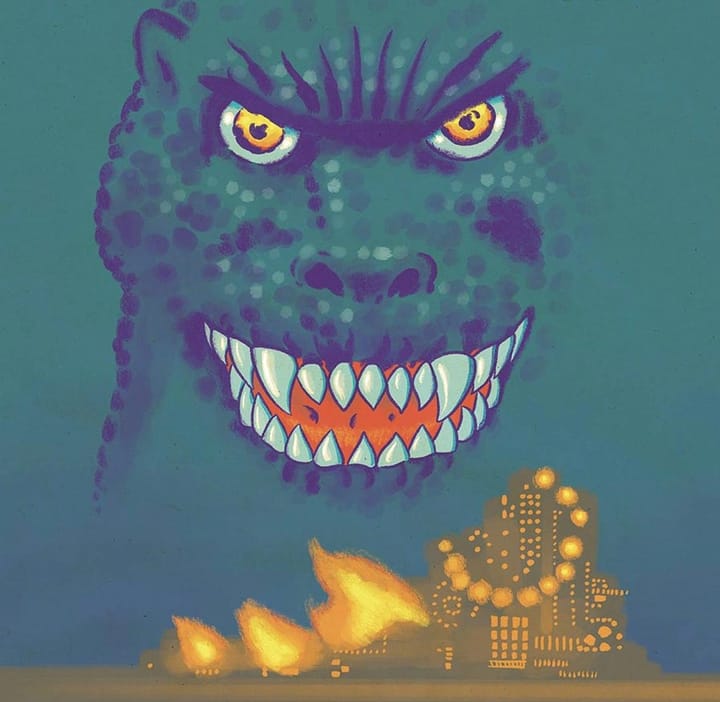
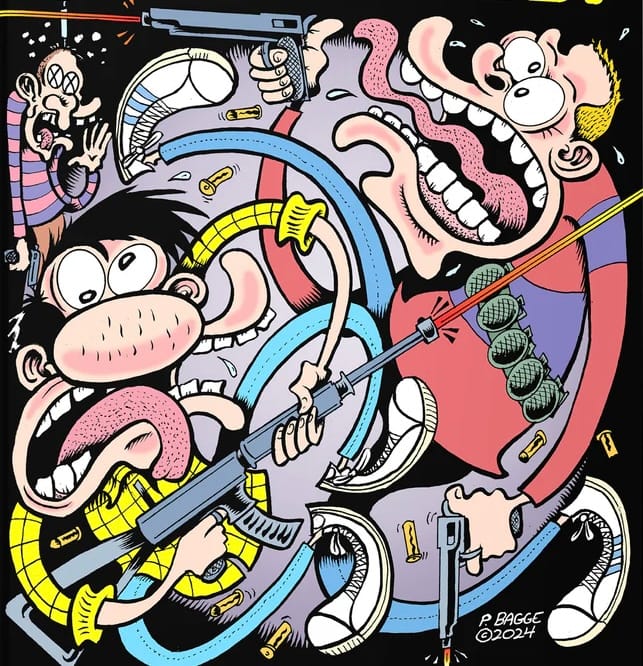
Comments ()